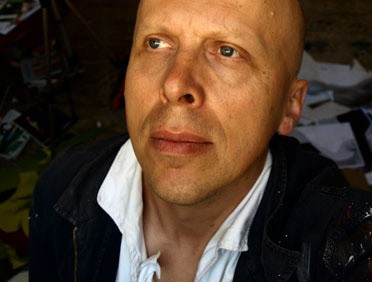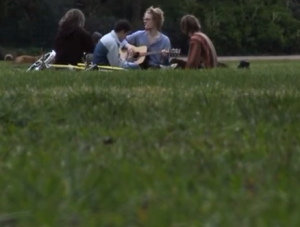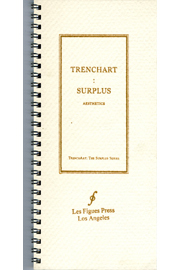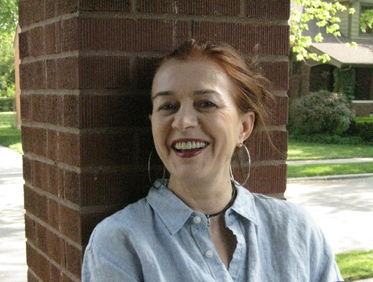Klaus Killisch
Klaus Killisch studied painting at the Art Academy in East-Berlin from 1981-1986. His work has been represented in many exhibitions including the Biennale in Venice, Sezon Museum of Art in Tokyo, Folkwang Museum in Essen, New National Gallery in Berlin, Museum of Contemporary Art Frankfurt / Oder. Killisch lives in Berlin.
Audio: http://www.magnetberg.de/music
Video: Jerry the dog
Video: war the musical
still from war the musical video collaboration with Robert Fitterman.
In the catalog, Don’t Look Back, Robert Fitterman writes:
One of the many contributions that Klaus Killisch’s artwork brings to the conversation about recombining, freestlye collage is the absolute joy he takes in recovering the iconic markers of our shared cultural history. Killisch’s artwork is refreshed by an almost boyish embrace of the past, any past, as an archivist in an icon factory. Whether he is reframing or modifying images from early Hollywood Westerns (The Boy From Mixed Run) or gluing vinyl records on canvas beside massive hairstyles (Hair to Eternity), Killisch’s paintings defy the hierarchy of high and low. In his art there is no forced distinction between the genuine and the ironic, between the Grand Canyon and the Grand Canyon gift shop. Both are of equal use and significance, both are embraceable with the same awe. As such, this is an art of inclusion—a happy insistence on everything, anything. Finding its way into the grand stage of his large painting is big hair one day and Durer the next. There is a particularity to this awe that is central to Killisch’s world. As a painter coming of age in the DDR mid-1980s, there is always the sense of both awe and disbelief in the cultural icons that he collects. In his art, critical distance is often replaced with wonder. This is not the same as naivete, but, in fact, it is closer to the position of the stateless flaneur. Killisch reminds us that to live in this moment of technological speed is to always play catch up. What’s happens when that catch up is a “given” cultural history—“given” as a both a gift and as a pre-determined assumption. This complexity is most evident in Killisch’s 1992 series Flowers, where plastic flowers are hand-sewn into the canvasses. The nostalgia here is not in the image or the technique, but for the closing of the artificial flower factory near Dresden that could no longer compete on the World Market after the wall went down. Killisch drove down to the factory and loaded his car up with the sad symbols of an eastern bloc yesteryear, and revitalized them in his paintings. A gesture not dissimilar to Donald Judd traveling to New Jersey to discover a new plastic to make art with (as reported by Robert Smithson). In his latest series, Krieger und Helme (2007), there is a similar affect where the cut n’ paste collage of architectually ornate Baroque details shape up to overblown heads and headdresses. These heads sit seamlessly on contemporary clothing, and then that image is interrupted by the outlines of neo-expressionistic figures suggestive of Killisch’s own early work. This suggestion operates as an appropriation of his own work in collision with these ornate images. Killisch’s embrace of pop culture and an art of inclusion extends itself, almost organically, to the web. Through his various musical compositions, videos, faux operas, installations, etc., we see what collage might look like in the 21st century. To spend an hour at Killisch’s website is to understand how the art of collage has been taken out of the gallery and onto the web. Killisch treats the possibilities of web art as a sort of new way to think about collaboration and the possibility of something akin to “street art”. In these collaborations and video pieces, Killisch furthers his commitment to inclusion, to an everyday art and a practice that is continually open to new ideas of community and social space. Each project, each collaboration informs the world view of this art and the wondrous relationship it has to the past, present and future.



